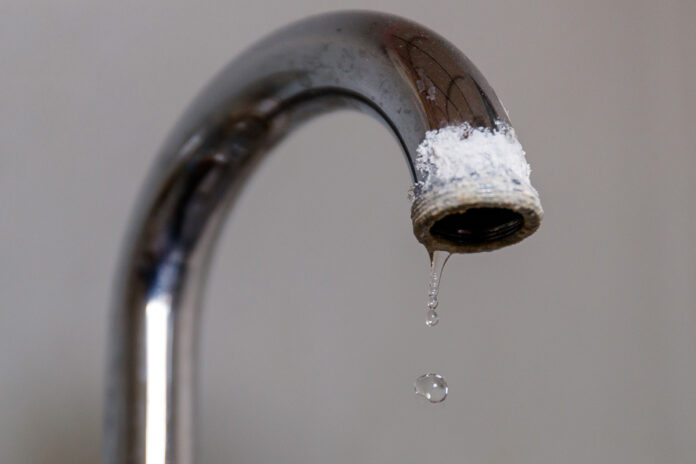On Aug. 16, the Town of Camp Verde posted a notice of intent to adopt the utility rate adjustments outlined in the town’s water and wastewater rate study. The rate adjustments are currently awaiting the Camp Verde Town Council’s approval.
At a council meeting on May 24, the Town Council and staff had decided that the proposed wastewater rate increase during fiscal year 2024 would have to be restructured to reduce its effects.
The town also decided then that a new well and arsenic removal was needed. On Aug. 2, town staff and economist Dan Jackson presented the water and wastewater rate study and long-term financial plan for the adjustments to the council.
A public hearing will be held on the rate plan before it goes before the council on Nov. 1 at 6 p.m., when residents can comment on the proposed rates, fees and service charges. The council will consider adoption of the new rates after the public hearing.
If approved, the first rate increase will be effective on Jan. 1, 2024.
During his presentation at the Aug. 2 town council meeting, Jackson argued that the average utility has been increasing its rates by 5% to 6% every year due to factors such as inflation and environmental regulations. The cost of maintaining and repairing systems has also increased in the past several years, and most utility expenses are expected to increase from 4% to 6% between 2023 and 2025.
Jackson claimed that the more money is put into maintaining a system, the higher the rate becomes, creating a challenge of balancing investing in the system and keeping rates affordable.
Along with the proposed wastewater rate increases, staff recommended that the council increase the current rate cap from $75 to $85.
Jackson argued that the adjusted rate plan will benefit the town by enabling it to cover all costs of water and wastewater service, ensuring the financial health of utilities and allowing the town to make a $24 million investment back into itself.
Two potential scenarios were presented for the proposed rate plan. The first scenario, status quo, is based on the rate structure that is currently in place. While it doesn’t change the rate structure, there will be percentage adjustments each year.
The second scenario, conservation, would create incentives for residents to use less water through a conservation based rate plan.



